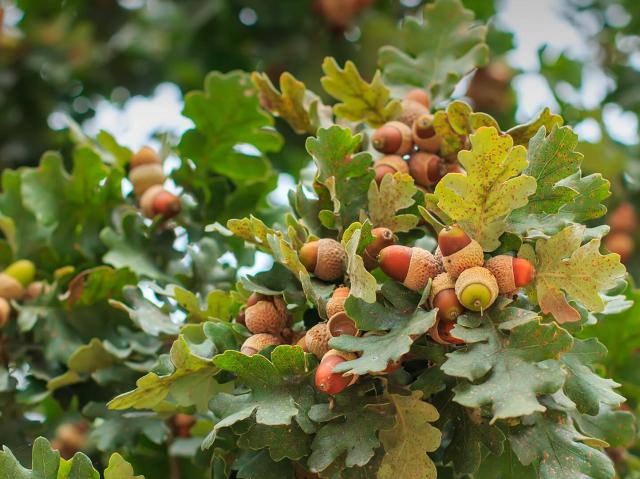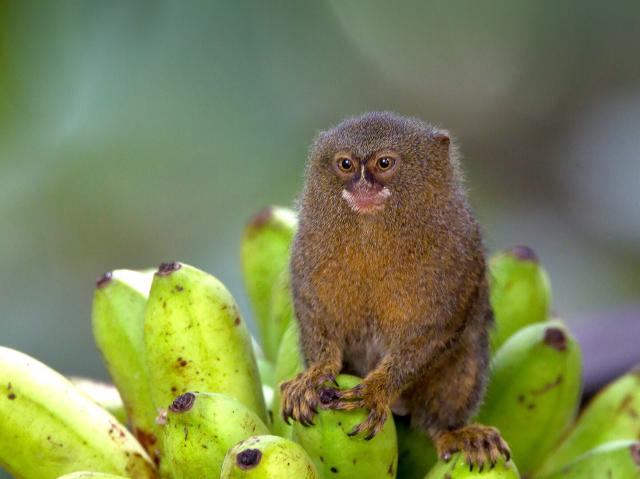
Anaconda

- Class: Reptilia (Reptiles)
- Order: Squamata
- Family: Boidae
- Genus: Eunectes
- Species: murinus (green); notaeus (yellow or Paraguayan); deschauenseei (dark-spotted); beniensis (Beni or Bolivian)

ABOUT
Heavy-duty snake. The name anaconda actually refers to the Eunectes genus, but it is most often used to refer to one species, the green or common anaconda. A member of the boa family, Boidae, South America’s green anaconda is the heaviest snake in the world, having the greatest girth in proportion to its length of any snake.
The green anaconda is normally some shade of brownish-green, olive, or grayish-green and patterned with egg-shaped black spots. The Beni or Bolivian anaconda is similar but is found only in a small region of Bolivia. The smaller yellow or Paraguayan anaconda has a pattern of blotches, saddles, spots, and streaks (usually black or dark brown) against a yellow, golden-tan, or greenish-yellow background. The dark-spotted anaconda is about the same size as the yellow anaconda and is brown with large dark spots.
HABITAT AND DIET
The anaconda lives over a vast area of tropical river systems and swamps in South America, east of the Andes. This hot, humid region with its dense foliage offers excellent habitat for such a large snake, which fits well into this world. The anaconda likes to be in or near water and spends a large part of its time in the murky waters that help to hide, as well as support, its tremendous body.
Anacondas are excellent swimmers and divers. Their eyes and nasal openings are on top of their head, so the snakes can wait for prey while remaining nearly hidden by the water. Anacondas rest and sun themselves along the bank of a river or in tree branches that hang over water along riverbanks so the snakes can quickly drop into the water if needed.
The diet consists of wild pigs, deer, birds, turtles, capybaras, caimans, and even jaguars. They are not very active hunters but instead use a “watch and wait” approach as their prey swims by or comes to the water to drink.
Like its boa brethren, the anaconda kills its prey by coiling its muscular body around the creature and squeezing until the prey can no longer breathe. Jaws attached by stretchy ligaments allow the snake to swallow its prey whole. The anaconda often takes its meal into the water, where perhaps the buoyancy helps maneuver the food to the proper position for swallowing. Anacondas can go weeks or months without eating following a big meal.
At the San Diego Zoo, anacondas eat pre-killed rodents and rabbits.
FAMILY LIFE
Having a ball! Anaconda courtship often lasts several weeks during the spring season. The female is thought to leave a scent trail to attract a male, but she may also produce some sort of airborne chemical signal. Biologists have observed that adult female anacondas do not move around much during the breeding season, yet males seem to flock to them from all directions. The males constantly taste the air with their tongue to pick up a female’s scent messages.
Surprisingly, anacondas sometimes cluster in a breeding ball that may have 2 to 12 males coiled around one female—and they may stay like this for up to 4 weeks! This breeding ball appears to be a slow-motion wrestling match among the males for an opportunity to mate. Does the strongest male win? Not necessarily! Adult females are much larger and stronger and may choose which male (or males) they prefer. Courtship frequently takes place in water.
Baby boas. Like all boas, anacondas do not lay eggs; instead, they give birth to live young. The young are attached to a yolk sac and surrounded by a clear membrane, not a shell, as they develop in their mother’s body. This ensures they are kept at a fairly constant temperature and are protected from predators.
When the young are ready to be born, they are pushed out an opening called the cloaca. They are still surrounded by the protective membrane and must break it open. Then they are on their own to start protecting themselves (usually by hiding at first) and to find food. Newborn anacondas are smaller versions of the adults and instinctively know how to survive on their own without any help from their mother.
CONSERVATION
Humans are the anaconda’s most dangerous predator. Green anacondas, for example, face a number of threats that could severely reduce their numbers in their native habitat. These huge snakes are hunted, both legally and illegally, in many parts of South America for their skin and for sale in the growing illegal pet trade. Anacondas do NOT make good pets; they can quickly outgrow their cage, are dangerously strong, and release an unpleasant odor when bothered.
People also frequently kill anacondas, saying they are just trying to protect their livestock, pets, and families. The sad truth is that oftentimes these snakes are killed just because people fear and dislike them.
LIFE SPAN
About 30 years
Age of maturity: 3 to 4 years
YOUNG
6 to 7 months
Number of young: 24 to 50
Size at birth: 24 to 37 inches (60 to 94 centimeters) long
SIZE
Up to 30 feet (9 meters), depending upon the species.
Females are larger than males.
Diameter: Up to 12 inches (30 centimeters) around.
Weight: Up to 550 pounds (227 kilograms)
FUN FACTS
Despite their fearsome reputation, anacondas are not venomous.
The anaconda’s mouth is able to open up to three times the size of its head.
A group of anacondas is called a bed or knot.










